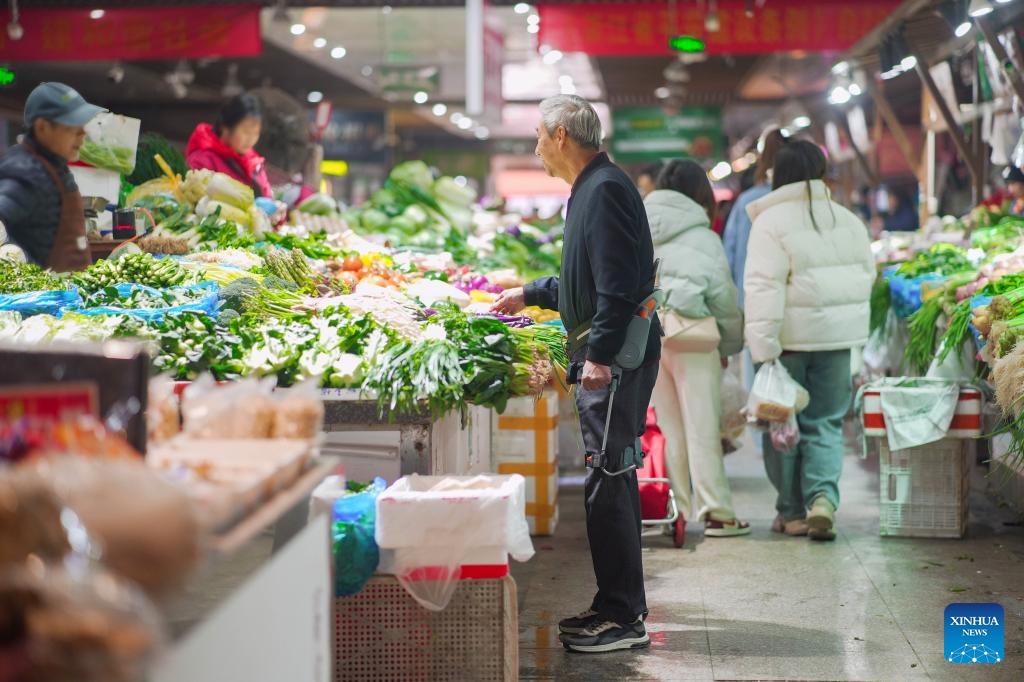Keeping tradition alive
Inheritors of intangible cultural heritage help ensure their art not only survives but thrives, Alexis Hooi and Wang Haoran report in Rizhao, Shandong.
By Alexis Hooi and Wang Haoran | China Daily Global | Updated: 2024-01-29 16:10

Examples of the work of ceramic artist Ma Chibin are on display at his workshop in early September.[Photo by Wang Haoran/China Daily]
To that effect, Rizhao is exploring innovative ways to preserve and develop its traditional cultural handicrafts to boost its cultural industry, with the city government rolling out more measures to support the preservation of traditional handicrafts and promote them, such as by setting up handicraft industrial parks, hand-made experience halls, as well as intangible cultural heritage workshops.
The workshops have become major venues for promoting handicraft culture, according to local authorities. Training courses have also been held to help traditional handicrafts inheritors discover new trends from old arts and attract intangible cultural heritage enthusiasts.
The provincial government has issued a plan to promote Shandong's resources along culturally and historically significant areas, such as those of the Yellow River, the Grand Canal, the Great Wall of Qi, and the Bohai and Yellow seas. As a major coastal city of the Shandong Peninsula, Rizhao will also focus on promoting the handicraft industry by integrating seaside tourism, according to authorities.
Wulian county alone now boasts more than 70 major listings of intangible cultural heritage.
Other local inheritors of intangible cultural heritage include ceramic artist Ma Chibin.
Ma, 42, has won many awards and accolades with his lifelike folk figurines, mythological creatures, iconic landscapes and sturdy vessels. His ceramic murals also adorn the halls of several museums across the country.
"When I was a child, there were many kiln factories around the village and I would play around them, especially since they were warm and comfortable in the colder months," Ma said. "Ceramic culture influenced me very much."
























